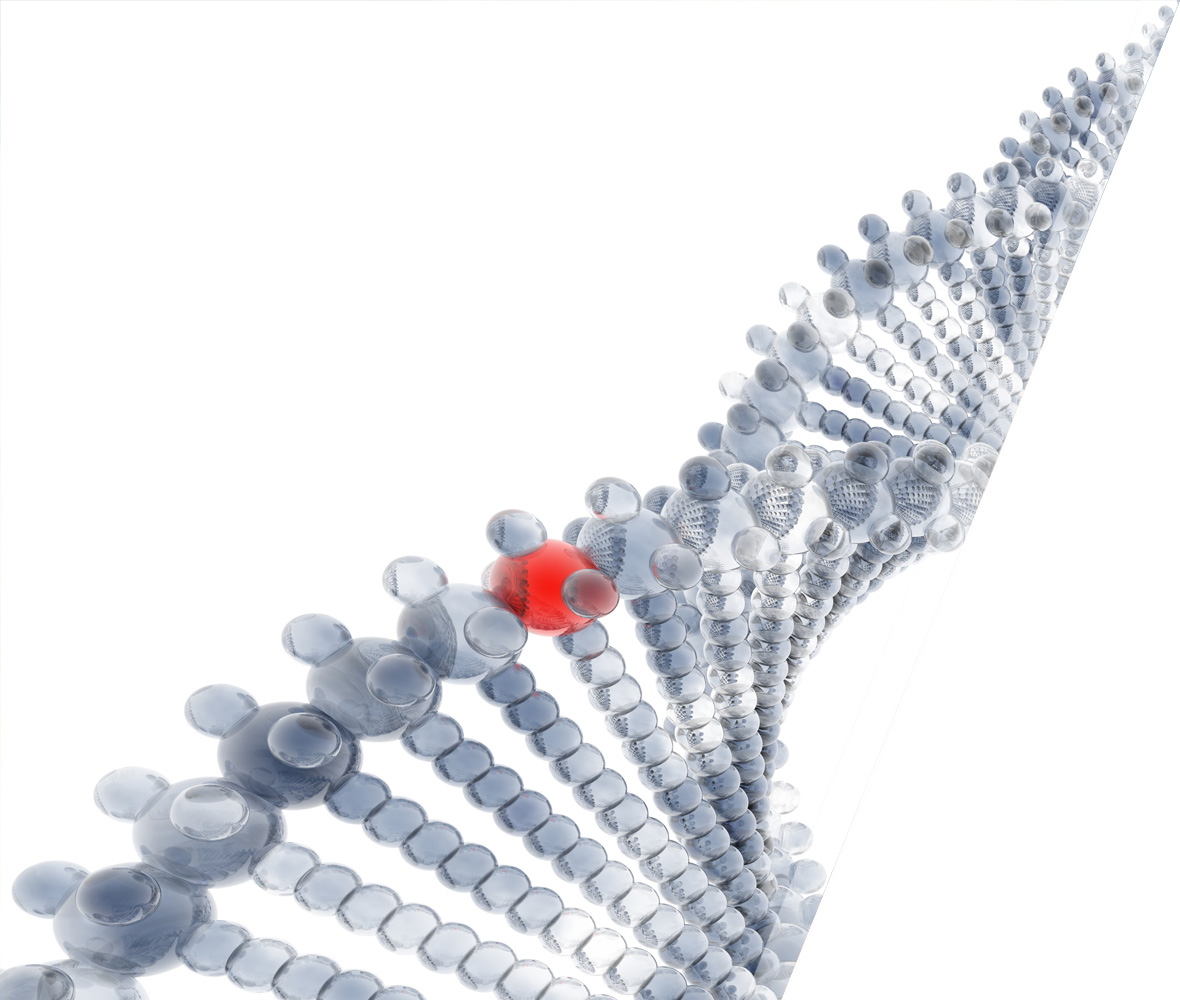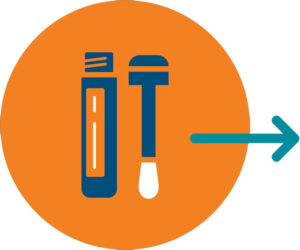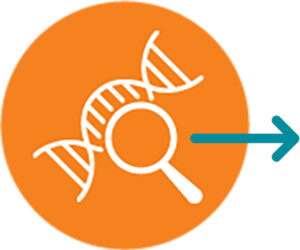Universal Test
About Universal Test
Universal Test is a genetic test that can detect five genetic mutations related to corneal dystrophy and has 100% sensitivity and specificity as clinically shown via a large clinical trial in Korea related to corneal dystrophy. (Yonsei University Health System, Severance Hospital, Institutional Review Board.)
Avellino Lab protected 1,845 people with
corneal dystrophy mutations from vision loss.1
What is Corneal Dystrophy?
Corneal dystrophy is a common ophthalmic genetic disease caused by genetic mutations. With certain types of corneal dystrophy, various forms of grayish-white proteins accumulate as the cornea heals after damage. This leads to reduced eyesight and the loss of vision in extreme cases.
Corneal dystrophy usually manifests between childhood and young adulthood: however, symptoms can appear late in one’s thirties due to genetic and environmental differences. In addition, the correlation between the disease and the age of onset is hard to predict as the age of onset varies widely even within families with the same genetic mutation.


Avellino Lab Universal Test detects the five types of corneal dystrophies.
Granular Corneal Dystrophy Type 1
Granular Corneal Dystrophy Type 2 / Avellino Corneal Dystrophy
Lattice Corneal Dystrophy Type 1
Reis-Bücklers’ Corneal Dystrophy
Thiel-Behnke Corneal Dystrophy
Prevalence of Corneal Dystrophy




Why Avellino Lab Universal Test?
100% in sensitivity, specificity, and reliability.
Clinically shown via a large clinical trials in Korea related to corneal dystrophy.5
Testing Process

Fill out consent form &
request form for genetic testing

Take DNA samples
from oral swab

Request for Genetic
Testing (Real-time PCR)

Genetic Testing Result
(Results available within 90
minutes from start of test)
Avellino Lab Universal Test can help you in these cases:

Refractive Surgery Prep
Patients preparing for vision
correction surgery including
LASIK, LASEK, SMILE LASIK, etc.

Prep High Risk Jobs
Those with jobs where there is risk
of ocular trauma or with frequent,
high-dosage UV exposure

Family History
Patient who has family member(s)
with genetic mutations related to
corneal dystrophy
1As of December 31, 2022
2Ophthalmic Epidemiology. 17(3), 160-165, 2010
3Invest Ophthalmol Vis Sci 2011:52(9):6959-6963
4J Cataract refract Surgery
5Yonsei University Health System, Severance Hospital, Institutional Bioethics Committees



